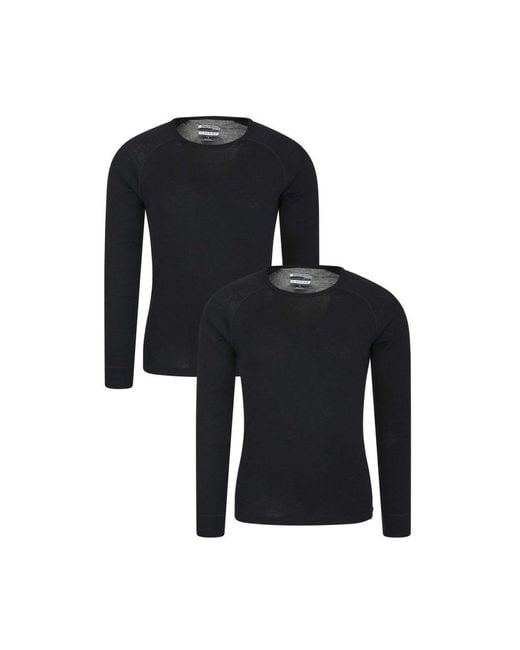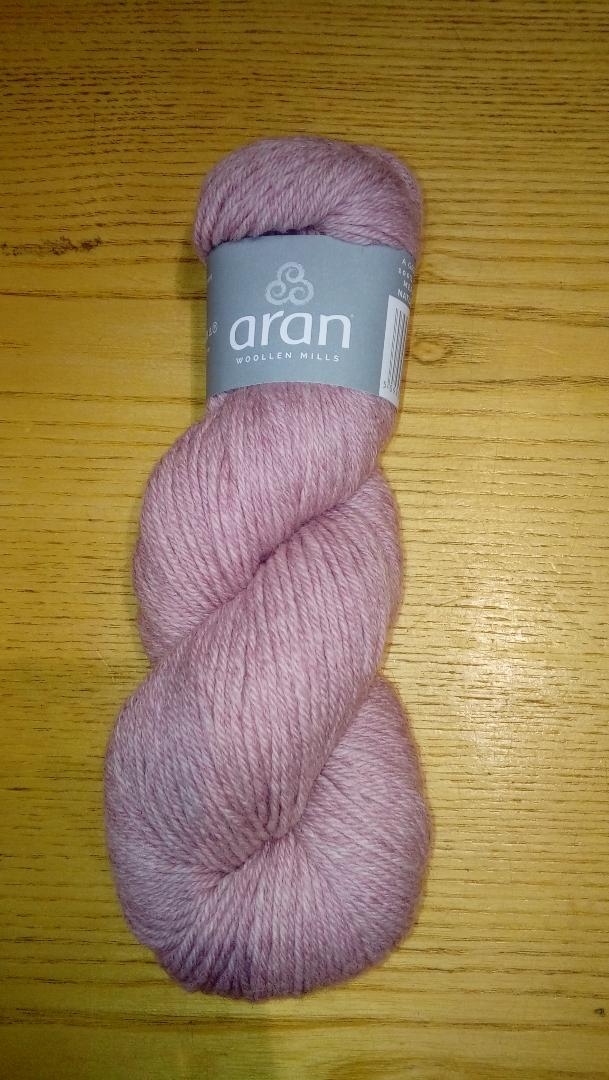Top News To Picking Merino Wool Base Layers
Wiki Article
Why Are Yak Merino Wool Base Layers So Effective For Winter Sports Clothing In Terms Of Warmth/Temperature Regulation Moisture Management. Comfort. Durability.
The base layer made from the yak merino fabric is ideal for winter sports apparel because it is a combination of factors which increase temperatures, warmth and moisture management. This can also improve comfort.
Insulating Properties - Both yak and merino wool possess natural properties for insulation. Yak, due to its hollow filaments traps the air, which provides exceptional warmth. Merino wool, with its hollow fibers, is well-known for being a good insulator.
Regulates Body temperature- The combination fabric regulates body temperature by keeping warmth from cold temperatures, while still allowing for breathing during intense activity.
Moisture Management-
Moisture-Wicking Merino wool's moisture-wicking properties draw moisture away from the skin and disperse it, thus preventing sweat accumulation. Yakwool is also a great way to transfer water. This keeps the wearer dry and comfortable while performing intense physical activities.
Comfort-
Softness- Merino wool is known for its soft, fine fibers that are gentle on skin, and less likely to cause irritation. Adding yak fibers to the mix, which are also soft, enhances the level of comfort.
Odor Resistant - Both types wool have antimicrobial natural properties which help to reduce the growth odor-causing bacteria. They also help keep the clothes fresh.
Durability-
Strength and Resilience - Yak is a durable fiber, but when coupled with merino, it becomes stronger and more resistant to wear. This makes the fabric suitable for demanding activities.
Natural Fiber Benefits-
Renewability - Yak and Merino Wool are renewable, biodegradable fibres making them environmentally friendly.
The wools are suitable to deal with a range of conditions of the weather.
Combining the best features of the yak and merino wool produces the most luxurious fabric that is incredibly warm and durability. It also regulates temperature, manages humidity, provides comfortable wear and is durable. It makes yak merino wool base layers extremely effective for winter sportswear, catering to the demands of outdoor activities in cold climates, while keeping the wearer comfortable and dry. See the recommended merino wool base layers tips for website examples including wool thermals womens, merino wool base layers, cheap merino wool base layer, smartwool classic thermal, mens wool long johns, mens wool long johns, best base layer for skiing, merino wool base layer pant, minus 33 base layer, smartwool merino 250 bottoms and more.

What Are The Benefits Of Bamboo Clothing?
Bamboo clothing offers many benefits that include its softness, antibacterial properties as well as the durability.
Bamboo fabric is a silky, soft texture that is often compared to high-end materials like cashmere or silk. It feels gentle and smooth against the skin, offering a comfortable and a pleasant wear.
Antibacterial Properties-
Bamboo is known to have antimicrobial properties that are naturally. This agent is called "bamboo Kun." This property prevents the growth on fabrics of odor-causing fungi or bacteria.
Durability-
Strength- Despite their softness bamboo fibers can be robust and durable. Clothing made from bamboo can be worn repeatedly without deteriorating in quality.
Renewability-
Rapid Growth Bamboo is a plant that is fast growing and is not a requirement for pesticides. Bamboo can be harvested in only a few years, and has a low environmental impact.
Sustainability-
Bamboo is an eco-friendly product. It is natural material with minimal impact on the environment. Bamboo's rapid growth, its low water needs and its capacity to thrive in a range of climates are just a few factors that help to sustain the use of the material.
Biodegradability-
Natural Breakdown - Bamboo garments are biodegradable. This means that they will degrade themselves naturally at the completion of their life-cycle. This helps reduce the quantity of non-biodegradable materials that ends up in landfills and also aids in reducing environmental pollution.
Hypoallergenic Qualities
Less Skin Irritation Bamboo fabric causes less irritation to the skin than synthetic fabrics. It is therefore an ideal choice for people who suffer from sensitive skin.
Bamboo clothing comes with many attractive characteristics, such as softness, antibacterial properties, durability, renewability, sustainability, and comfort. These characteristics contribute to a positive wearing experience and are in line with environmentally-friendly practices. Follow the top bamboo clothings recommendations for blog examples including freefly hoodie, bamboo button down shirts, bamboo apparel, bamboo jacket, shakuhachi clothes, bamboo clothing sustainable, bamboo clothing leggings, bamboo apparel wholesale, bamboo t shirts ladies, halloween bamboo pajamas and more.

How Do The Bamboo And Merino Clothes Compare To Wool That Is Regular?
Merino wool layers, bamboo clothes and regular wool have distinct features that set them apart- Merino Wool
Merino wool's fine fibers are soft and it feels good against your skin. It's less likely to itch or cause irritation than wool that is more traditional.
Merino Wool Has Excellent MoistureWicking Properties Merino is a moisture-wicking material that pulls moisture away and lets it evaporate. The wearer remains dry and comfortable.
Merino wool is exceptionally warm, even when wet. It regulates body temperature, providing insulation and breathability to prevent overheating while exercising.
Odor Resistant - It blocks the growth of bacteria which produce odors. It also keeps your clothing fresh even after long wear.
Bamboo Clothing
Bamboo clothing is known for its silky and soft feel, often likened to silk or cashmere. It is gentle to the skin and provides a luxurious experience.
Bamboo fabric is moisture-wicking and has properties which draw sweat away from the body and keeps you dry while exercising.
Temperature Regulation- Bamboo clothing has natural temperature-regulating abilities, offering warmth in winter and breathability to prevent overheating.
Sustainability Bamboo is a renewable resource that is extremely renewable and grows very quickly, without the use of pesticides. Bamboo is biodegradable.
Regular Wool
Texture. The typical wool texture may vary. Certain types of uncomfortable or itchy textures are more coarse.
Warmth - Regular Wool is a great source of excellent insulation as well as warmth, but it may feel weighty and bulky at times.
Wool is able to absorb moisture. This means it is less efficient at moisture wicking in comparison to merino, bamboo, or other types of fabrics. Wool retains its warmth, even when damp.
Merino's advantages include softness, moisture-wicking ability and resistance to odor and insulation. Bamboo clothing is supple, has moisture-wicking capabilities, regulates temperatures and is eco-friendly. Wool has a variety of textures and does not always provide the same softness or water-wicking capabilities as bamboo and Merino, however it still provides warmth and insulation. Each material has its unique benefits, catering to different preferences and requirements for winter clothing. Follow the top merino winter clothing for more recommendations including ski underwear, smartwool 250 base layer women's, merino wool base layer clearance, ski base layer pants, merino thermals, wool undershirt women's, merino wool base layer womens, wool base layer womens, smartwool 1 4 zip womens, smartwool classic thermal merino quarter zip base layer top women's and more.
